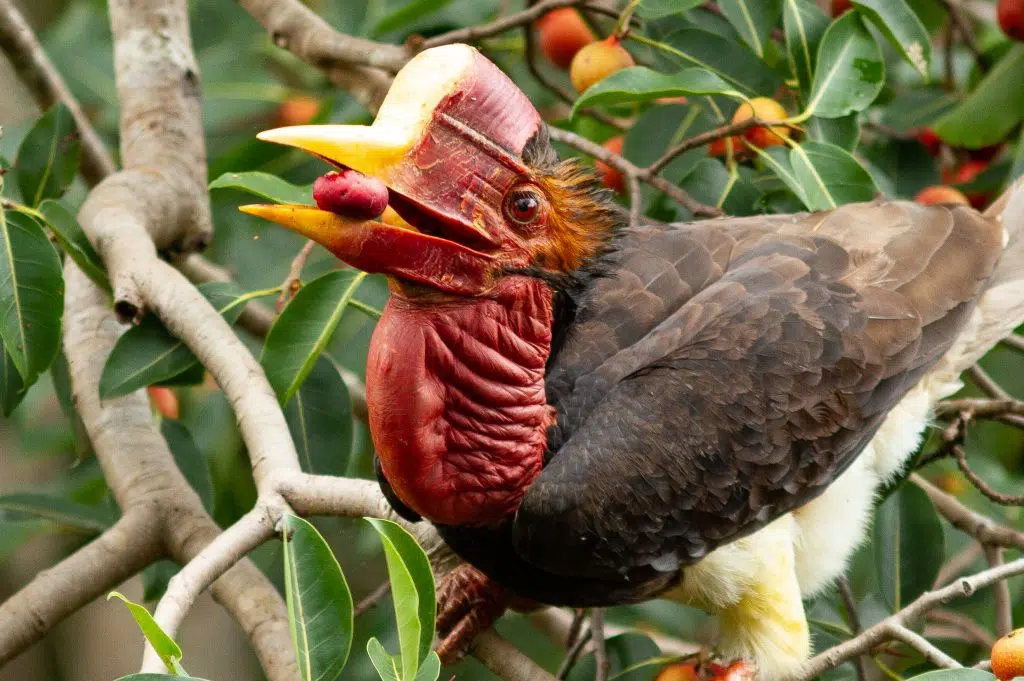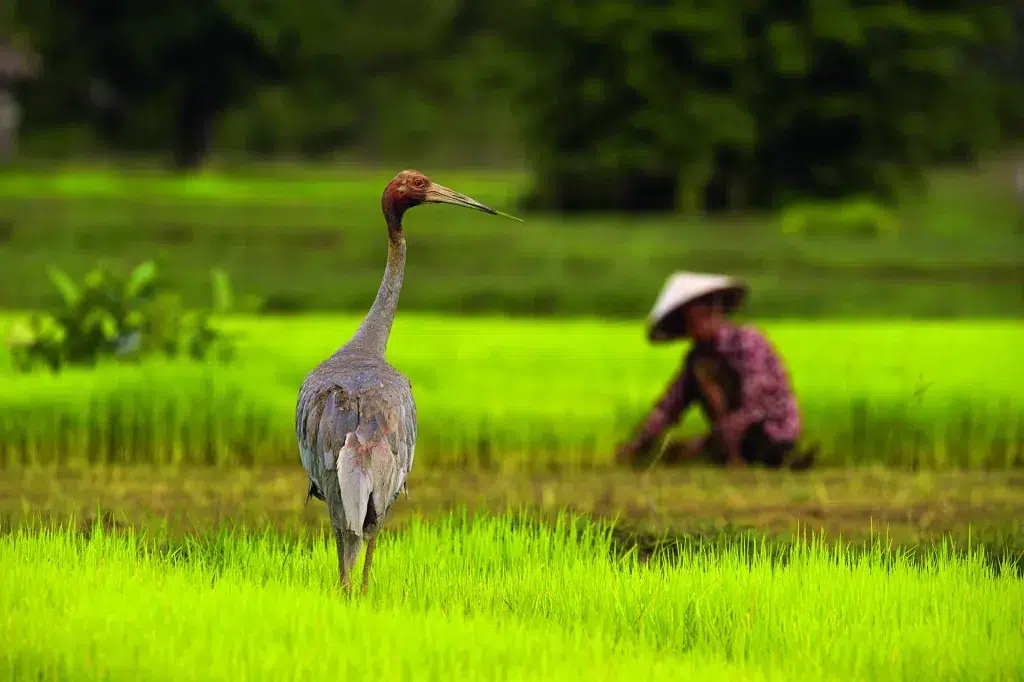United for Nature: BirdLife’s Global Impact in the Fight for Biodiversity
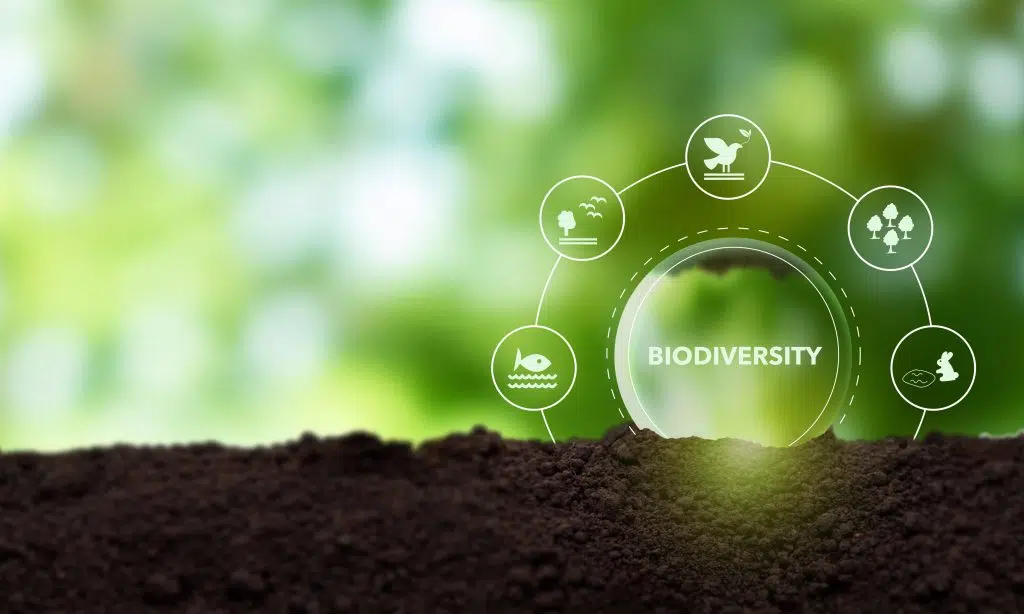
COP16, taking place 21 October – 1 November 2024, is a landmark event in the global fight to halt biodiversity loss. This event is not just about policy—it's about securing a future where nature thrives, and the BirdLife Partnership impact is central to achieving ambitious global goals.
Partnerships are essential in achieving the ambitious goals set at COP16. Our 123 Partner network of national conservation organisations exemplifies the power of collaboration through its unique model of us all working together across and within every region of the world. This approach ensures that conservation efforts are tailored to the specific needs of each area, leveraging local knowledge and strengthening community involvement. Across the Americas, Europe, Africa, Middle East, Asia, and the Pacific, BirdLife’s Partners have yielded remarkable successes over the last year.
Continue reading to discover just a handful of our achievements from Europe, Africa and Asia:
European Conservation Milestones
In 2023, BirdLife Europe & Central Asia mobilized over 16,400 citizens to call for stronger protection of the North Atlantic Current and Evlanov Sea Basin (NACES). This area, designated as a Marine Protected Area in 2021 following BirdLife’s research, supports over 5 million seabirds annually. Bird populations have flourished, serving as an indicator of broader marine health, and today NACES is a sanctuary for various marine species.
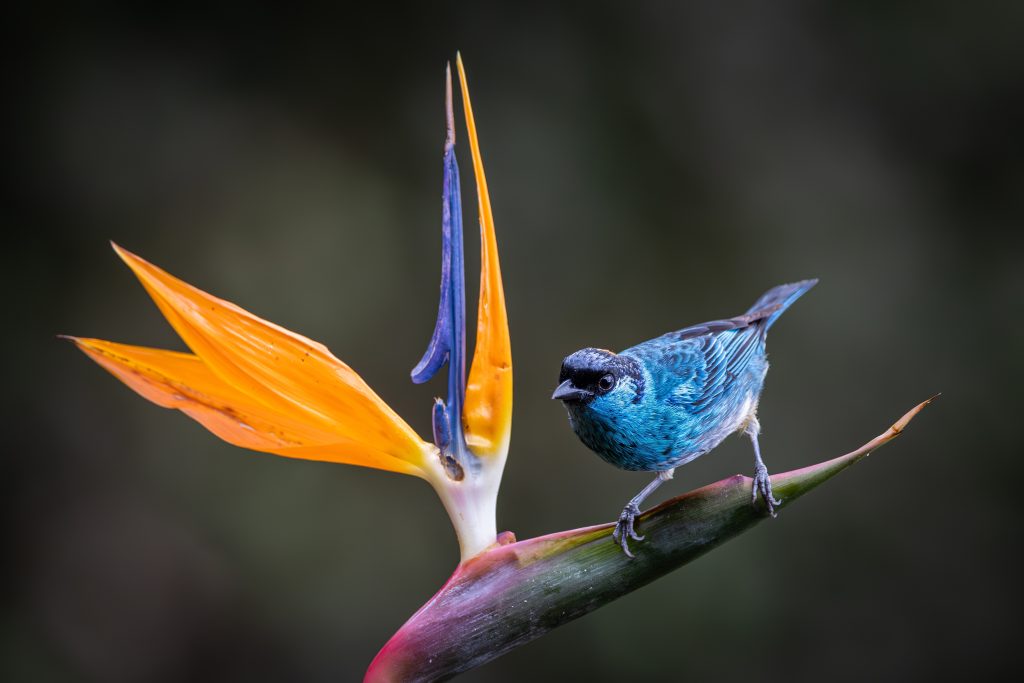
In Greece, the successful return of the Egyptian Vulture (Neophron percnopterus) has brought hope. For over a decade, the “bachelor of Meteora,” a lone male vulture, stood as the last survivor of a once-thriving colony. In 2024, conservationists rejoiced as a second bird was spotted, confirming the formation of a new pair. This milestone represents a significant victory for the Hellenic Ornithological Society (HOS) and global Egyptian Vulture recovery efforts.
Similarly, the European Turtle-Dove, a species once in alarming decline, is now showing early signs of recovery. Thanks to a hunting ban in France, Spain, Portugal, and parts of Italy, population numbers have improved. Recent data reveals a shift from a “moderate decline” to “stable” for the first time in a decade—a testament to coordinated international conservation efforts.
Africa: Empowering Communities to Protect Wildlife
In Africa, BirdLife’s approach to conservation is deeply rooted in community engagement. The Darwin Mara-Serengeti project has reduced wildlife poisoning in the region through innovative conflict mitigation measures. In Kenya’s Masai Mara, 20 predator-proof enclosures have been built to protect livestock, reducing retaliatory attacks and, in turn, safeguarding scavengers like vultures.
In Tanzania’s Makao Wildlife Management Area, the community has embraced sustainable livelihoods. Through a Revolving Fund, local groups have taken up sunflower farming, selling oil to improve their incomes while reducing pressure on the environment. Involving communities as “vulture champions” and engaging with traditional healers to replace the use of vulture body parts with alternative plants are key elements in reducing wildlife threats.
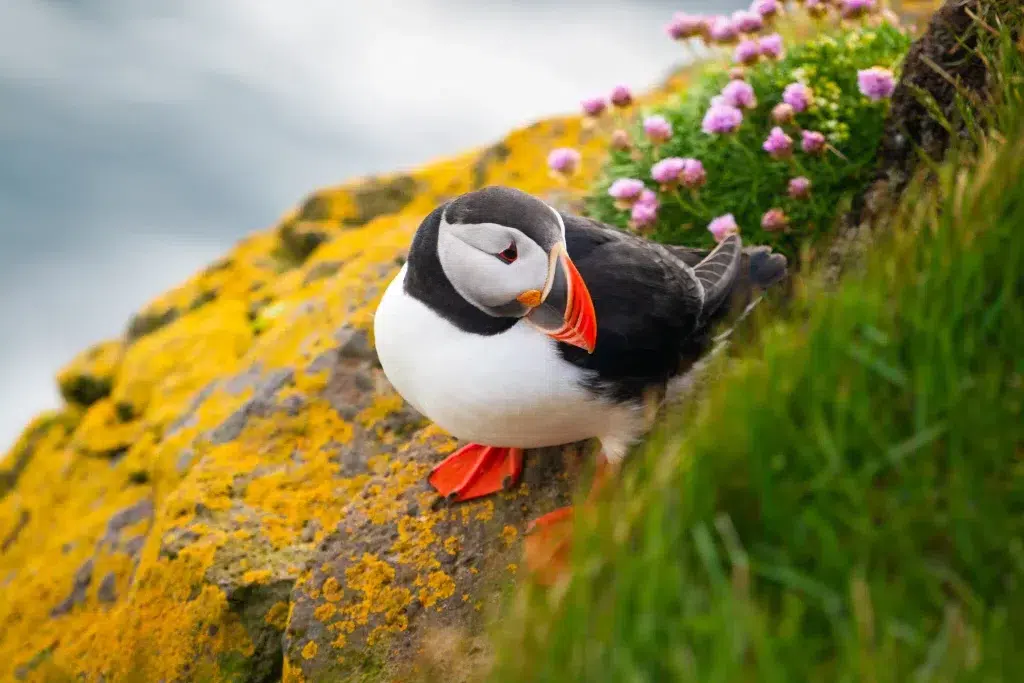
“Involving communities in conservation in this landscape is important as they are critical stakeholders in implementing the project. They have coexisted with wildlife for centuries and they are therefore important in incorporate their indigenous knowledge in vulture conservation. For example, engaging the traditional healers in developing the Conservation and Management Plan for vultures in Tanzania and communities in Masai Mara in raising awareness on best herding practices hence reducing livestock loss in the grazing fields” Emmanuel Mgimwa, Executive Director, Nature Tanzania
Cabo Verde: Guardians of the Sea Lead the Way
Off the coast of West Africa in Cabo Verde, the Guardians of the Sea (GOS) program places fishers at the heart of marine conservation. This citizen science initiative trains local fishers to monitor and protect seabirds and marine species, such as sea turtles, while promoting sustainable fishing practices. Through capacity-building programs, GOS members have received training in freediving techniques, bycatch mitigation, and marine pollution prevention.
The program has yielded impressive results. Biodiversity hotspots such as Santa Luzia Islet and Baia do Inferno have been designated as Marine Protected Areas (MPAs), and the development of a national seabird action plan has strengthened conservation efforts. Local engagement has also soared, with more fishers joining the GOS initiative.
“Before, birds like sea turtles were of no importance to me. It was a very mundane thing for me to kill them when I caught them or met them at sea. Now, as Guardian of the Sea, my perception of these animals has changed a lot. I better understand their usefulness in the marine ecosystem and their importance to us fishers. I’ve become their defender and make sure they live peacefully at sea”, Adir Cotao “Djô”, Guardian of the Sea from Plameira, Sal Island in Cabo Verde.

Asia: Indigenous and Local Knowledge Drives Conservation Success
In Malaysia, the Malaysian Nature Society (MNS) has blended modern conservation techniques with traditional ecological knowledge to protect the Helmeted Hornbill. The Hornbill Guardians program, led by Indigenous Orang Asli communities, has recorded over 100 hornbill nests in Belum-Temengor Forest Complex (BTFC). Guardians monitor these nests, ensuring the survival of chicks while promoting sustainable forest use among local communities.
Beyond hornbill protection, the project fosters alternative livelihoods, such as honey production, reducing the pressure on forest resources. “The knowledge and dedication of the Orang Asli are vital to the success of our conservation efforts,” says Chin-Aik Yeap, Project Manager of the MNS Hornbill Conservation Project.
Cambodia: Safeguarding the Sarus Crane
NatureLife Cambodia is working with local communities to protect the Vulnerable Sarus Crane at Lomphat Wildlife Sanctuary. This sanctuary is one of Cambodia’s key habitats for these elegant, tall birds, which are increasingly vulnerable due to habitat destruction, agricultural expansion, and human disturbance.
Through a community-driven conservation approach, NatureLife Cambodia has established locally-led monitoring programs that empower residents to act as stewards of their environment. They train local villagers to track crane populations, identify breeding areas, and report any threats, such as illegal logging or land conversion. In addition to monitoring, the project supports sustainable livelihoods, offering incentives for communities to adopt eco-friendly agricultural practices that reduce pressure on wetland areas crucial for the cranes’ survival.
From the shores of Europe to the forests of Southeast Asia, BirdLife’s global partnership continues to prove that community-driven conservation can achieve lasting change. As the world comes together for COP16, the BirdLife Partnership stands as a model for how local efforts, backed by strong global collaboration, can deliver the ambitious goals set to safeguard the planet’s biodiversity
